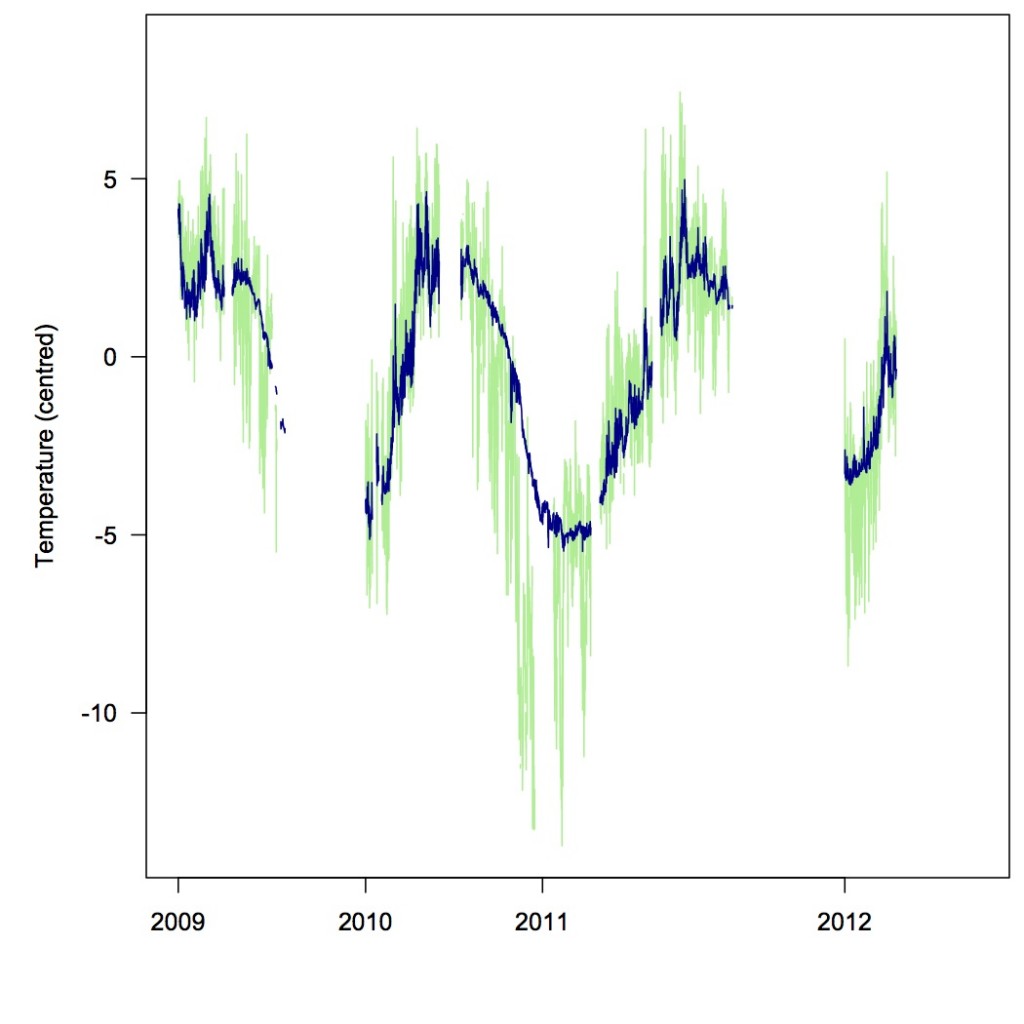Christmas day 1981. A six-year-old boy sits on his bed in the Horton General Hospital, Banbury. He feels poorly, no worse, but for now nobody knows quite what’s wrong with him. His parents hide their worry so well that he is only now, a parent himself, starting to appreciate it. But on Christmas day it’s all smiles, with mum, dad and big brother all crowded into the small room. His brother’s main present was a portable radio, and the two boys share the headphones when Adam Ant’s Prince Charming comes onto Radio 1. The boy has his presents to open too, and from mum and dad is a life-changing book: Discovering Life on Earth, by David Attenborough.
Soon enough I was home, neck back to normal after the glandular fever, a little delicate for a few months but happily free of hospitals for the rest of my childhood (until the late teenage rugby years and associated A&E loyalty card). And able to watch Life on Earth as it was repeated, following each episode studiously in my book, the start of my Life with Attenborough that continues to this day. The book has accompanied me throughout, picking up companions on the way as landmark series followed landmark series. I’ve a few of the Attenborough-narrated ones - The Blue PlanetandFrozen Planet stand out - but it’s the Attenborough-written ones I covet, the Life series and various other side projects that have been a thirty year masterclass in natural history broadcasting and inspirational science communication.
For instance: an early trigger for my interest in placing people within their ecosystems, The First Eden took on the parallel evolution of civilisation and nature in the Mediterranean.
For instance: as undergraduates in the mid 1990s (my decision to study biology not unconnected to BBC Natural History’s outputs), my housemates and I sat glued to The Private Life of Plants, wowed by the (at the time) phenomenally advanced filming that demonstrated plants growing and behaving in ways I’d never appreciated. Yes, Attenborough makes even plants interesting.
For instance: fresh from my PhD, my first ever DVD boxset The Life of Mammals took familiar beasts and exposed them in all their weird wonder, illuminating the lives of everything from platypusses (I have wanted one as a pet ever since) to people.
And if you want a single snapshot of the Attenborough magic, watch again the scene where he encounters a blue whale, from 1.17 here…
“I can see its tail, just under my boat here. And it’s coming up… it’s coming up… THERE!”
That’s part one of the Attenbourough appeal: he is exhilarated by the sight of the largest ever animal - just as we would be - and he breathlessly communicates that thrill. But without pause, we get part two: in seconds he has enriched that emotional response with three pieces of information, bang bang bang:
Bang: “The blue whale is a hundred feet long - 30 metres.”
Bang: “Nothing like that can grow on land, because no bone is strong enough to support such bulk.”
Bang: “Only in the sea can you get such huge size as that magnificent creature”
For part three, just watch from the beginning of the clip to see how he embraces the potential of technology - remember, this is the man who, as head of BBC2, introduced colour to UK television. But technology is only ever used to supplement - never to replace - the storytelling.
There we go. My life has been greatly enriched - its course changed - by the work of David Attenborough. So what if there is no conveniently round-numbered anniversary to celebrate? I want to say ‘thank you’, and I want to express my intense admiration of an astonishing oeuvre; and now is as good a time as any. Attenborough is still making fascinating television - although, in the recent When Björk met Attenborough (which, if you have any interest at all in music or nature, you should go to very great lengths to watch) he did, for the first time, look an old man to me, no longer quite so sprightly. Maybe that got me thinking about the profound influence he’s had on my life. Maybe my son’s chickenpox led to some Proustian pondering of my own childhood illnesses. Perhaps it was those UCAS supporting statements I recently read, confirming Attenborough’s influence on yet another generation of biologists.
Or maybe I just needed an excuse to link to this Christmas message…
http://www.youtube.com/watch?v=bMYgcBxKx-w
Happy holidays!





